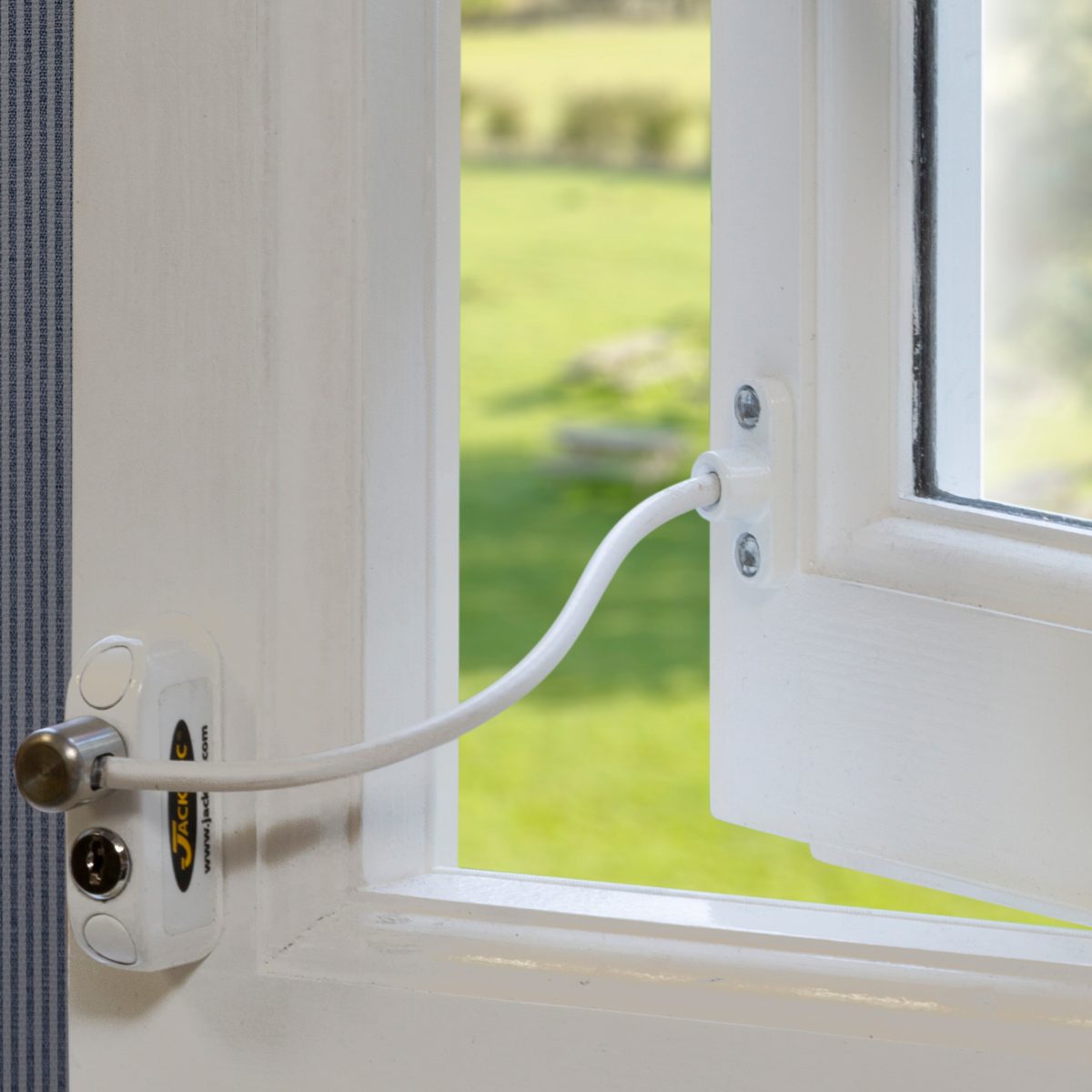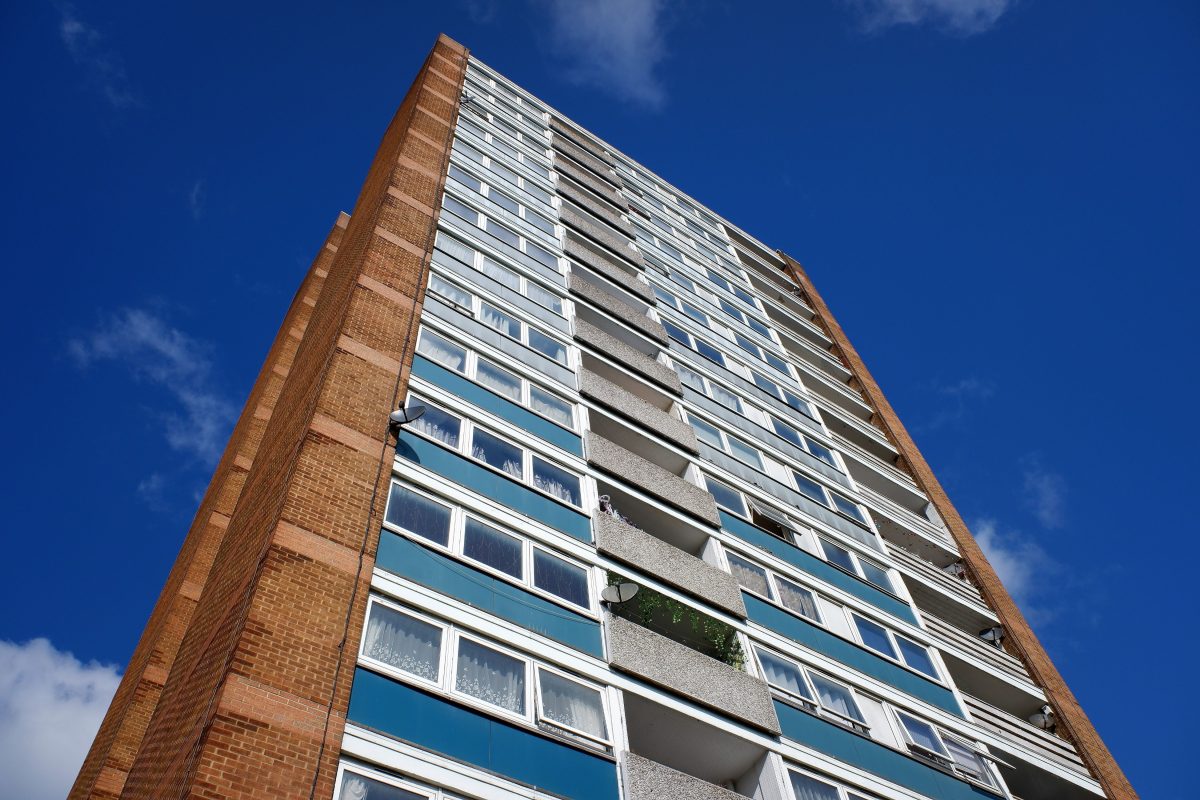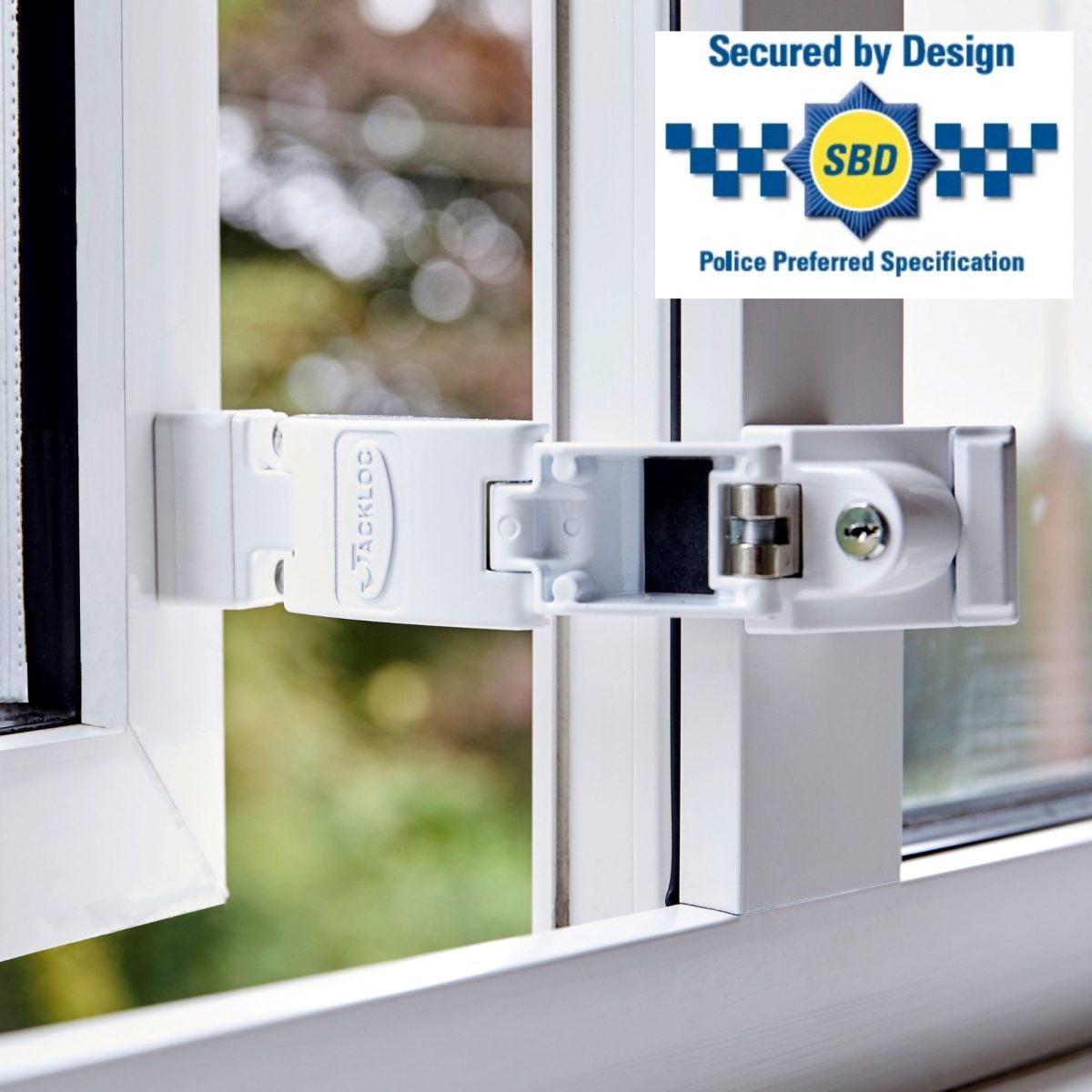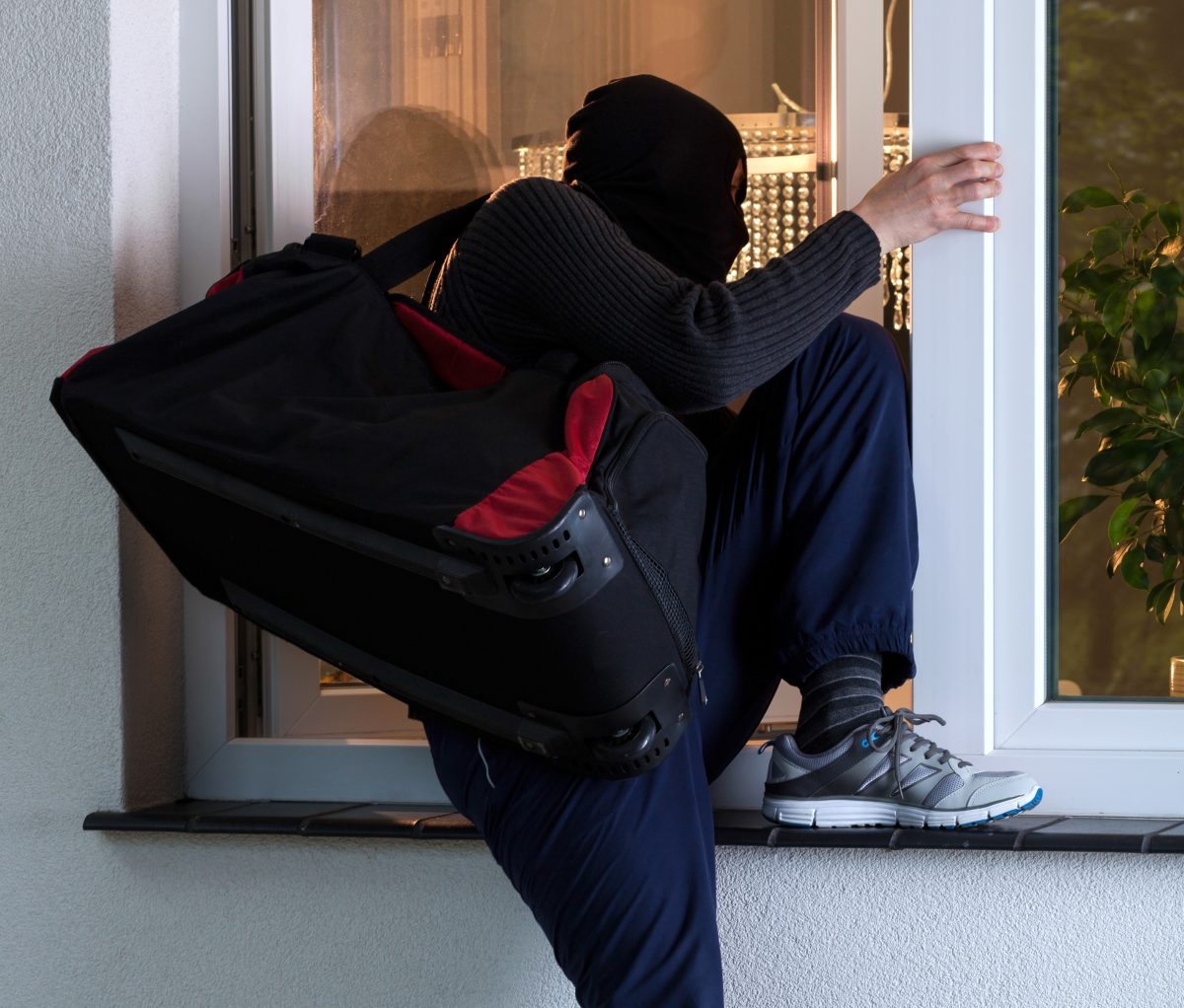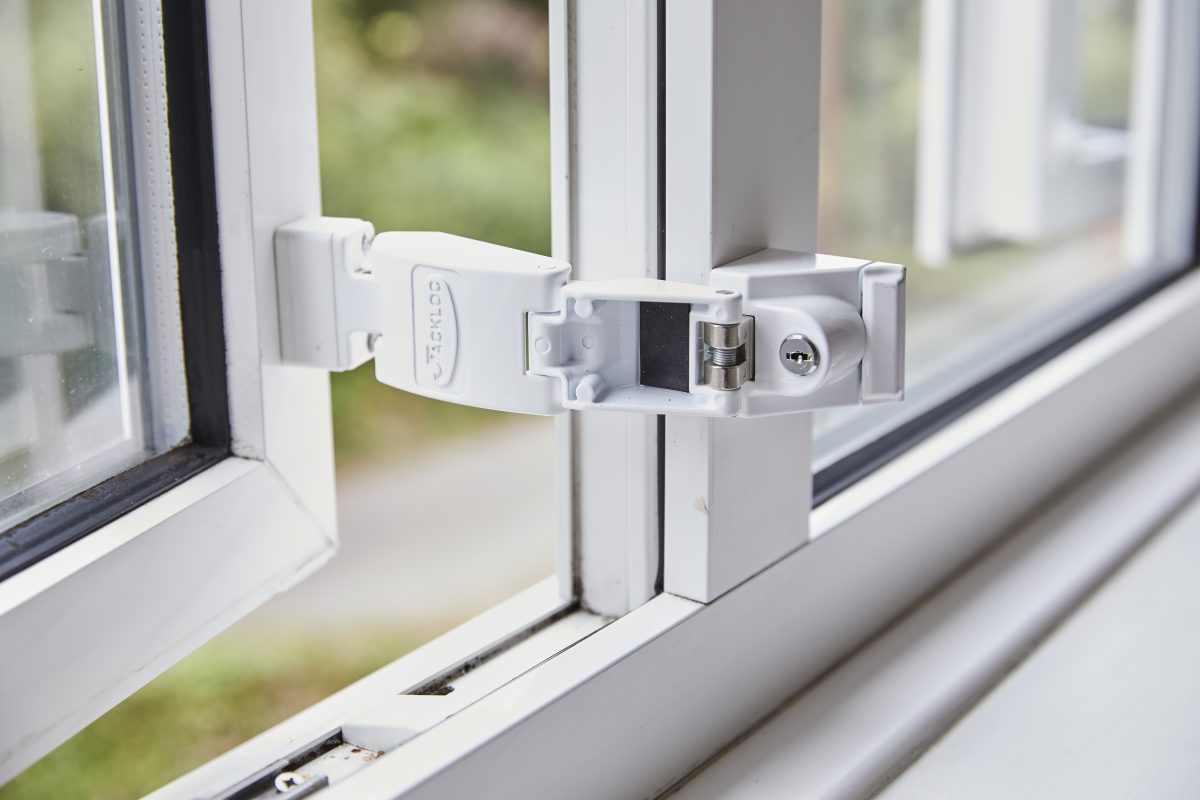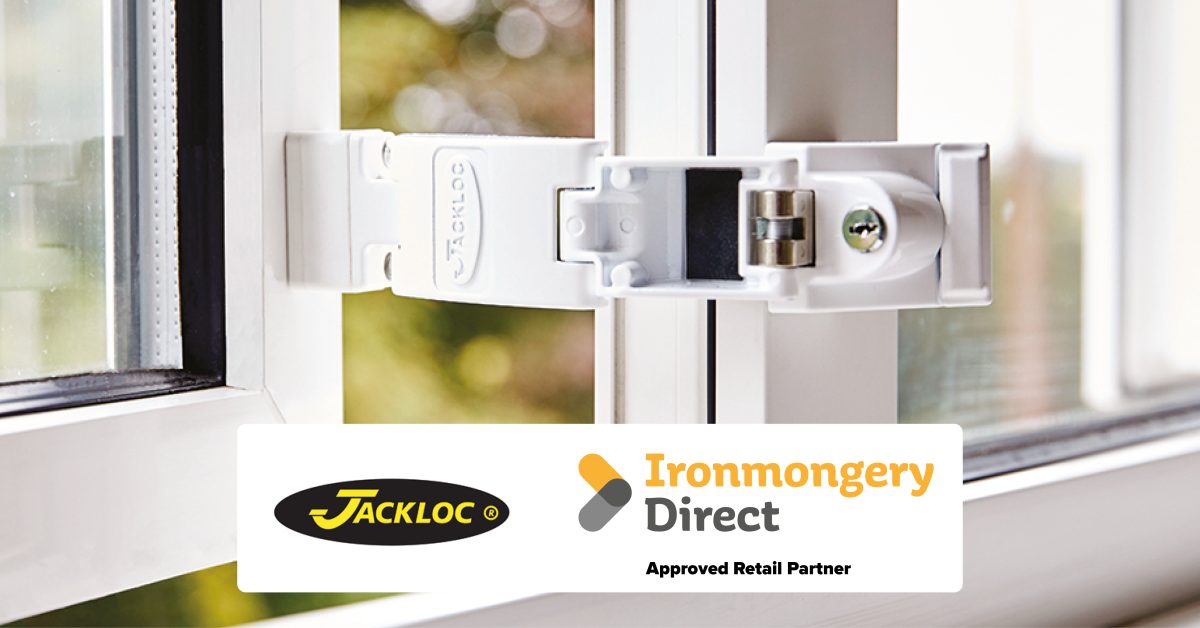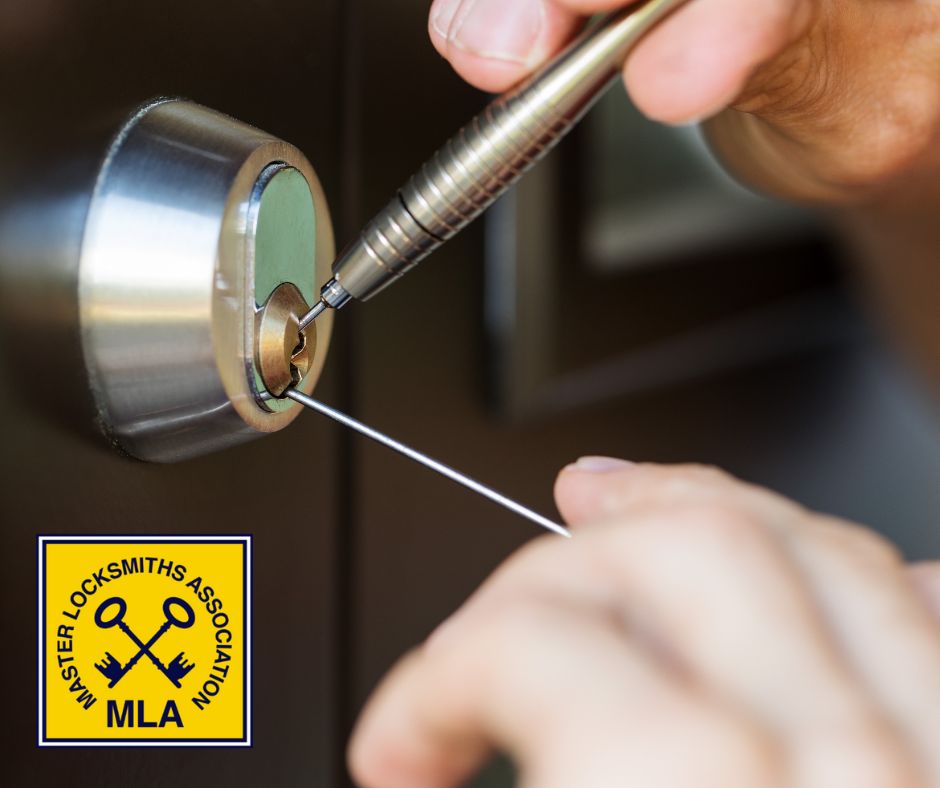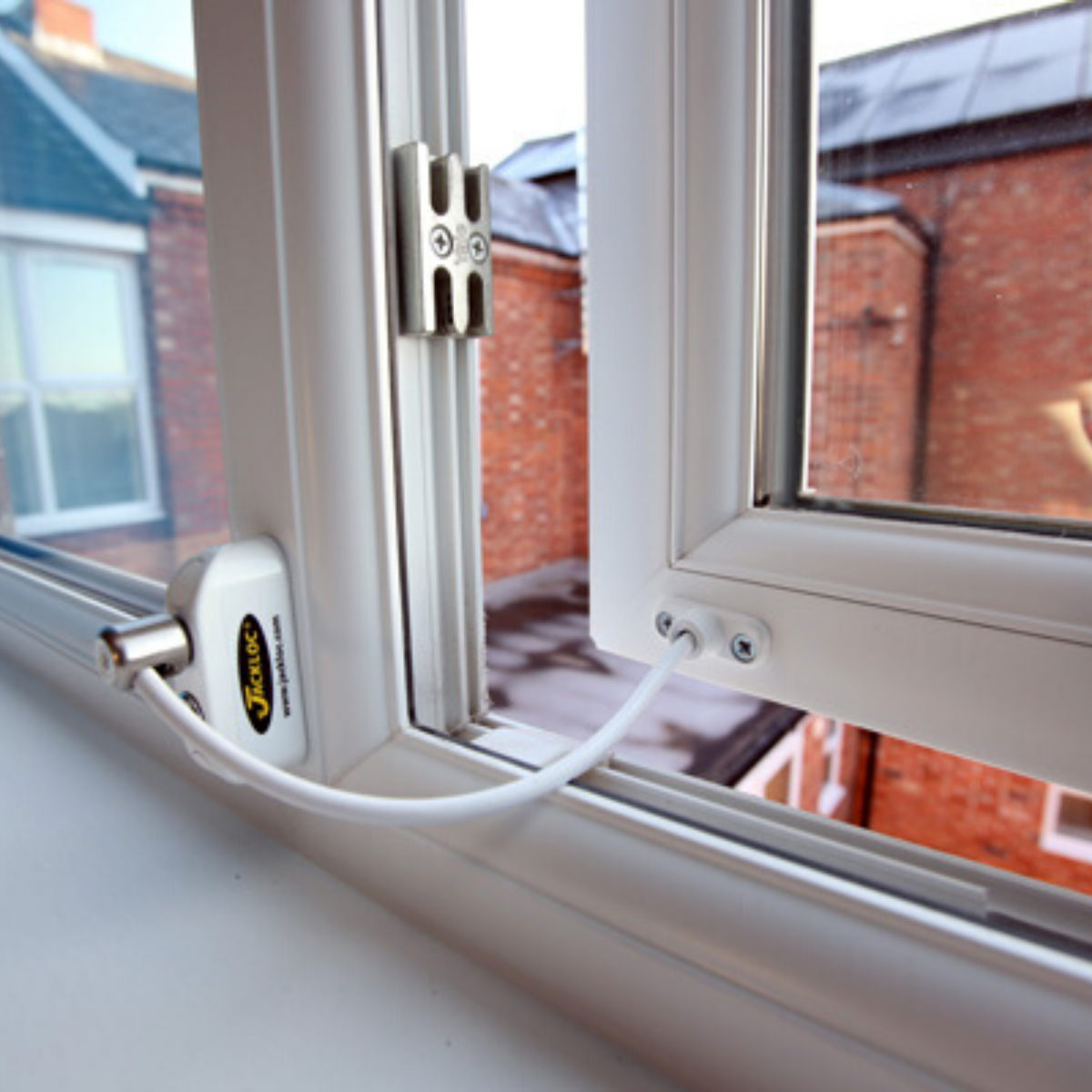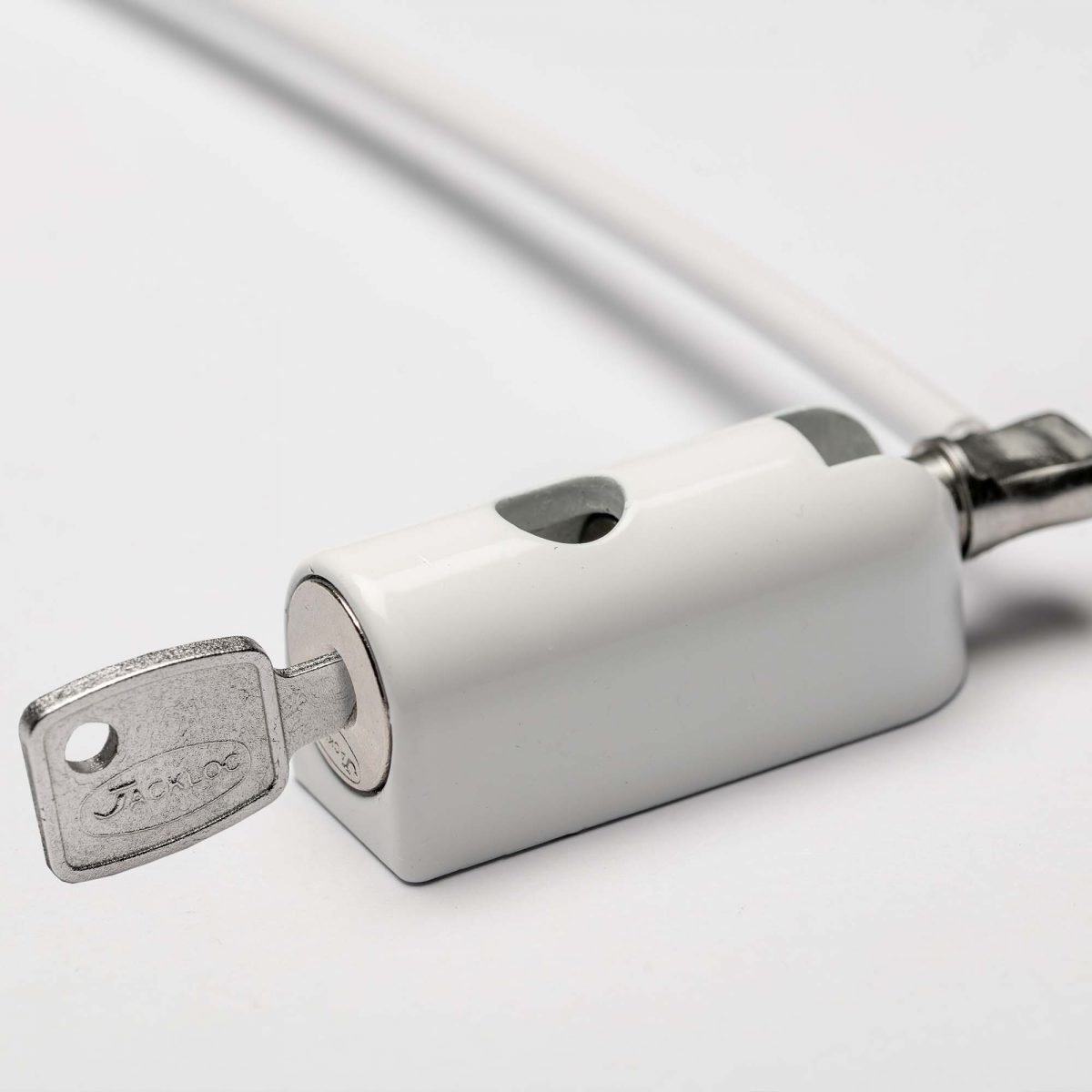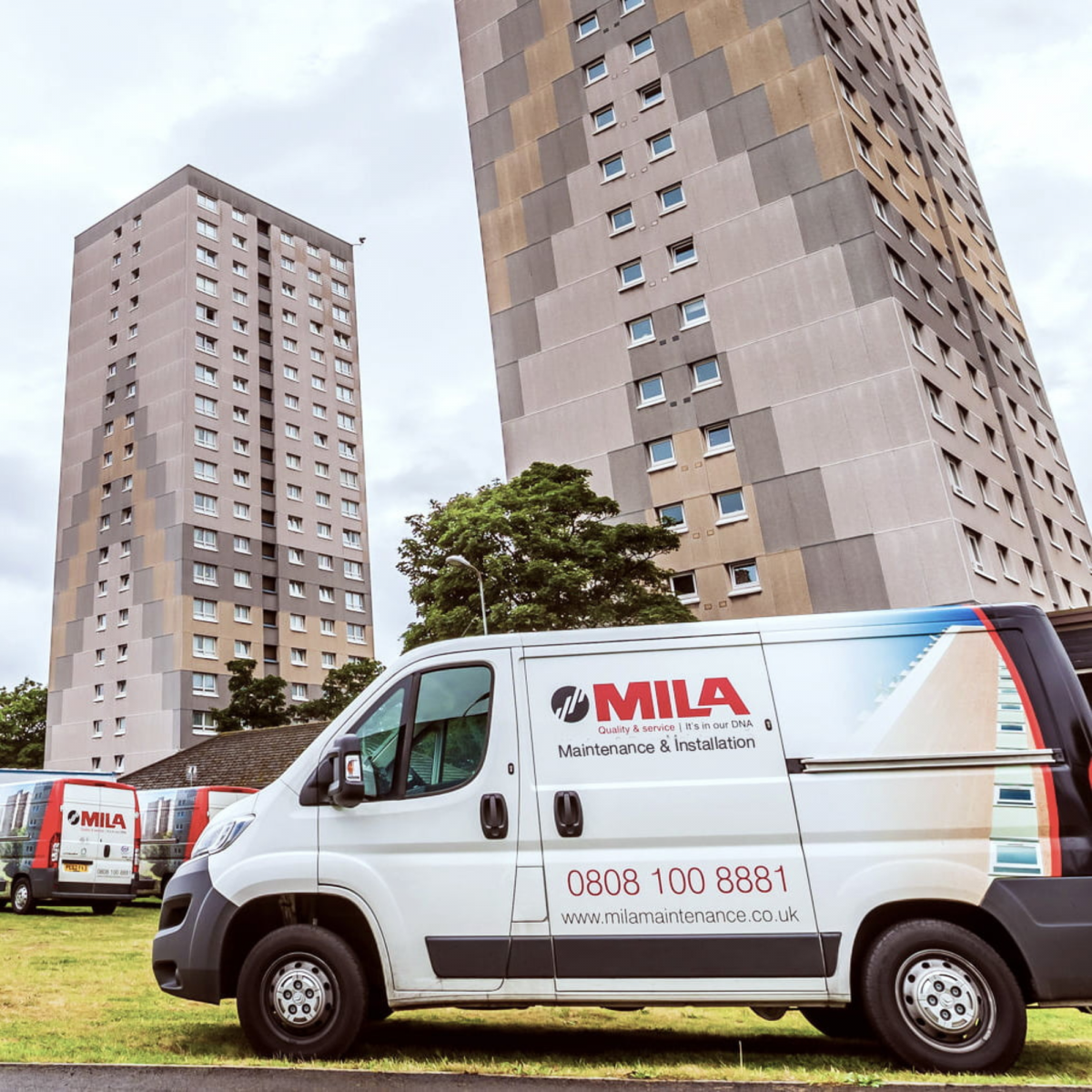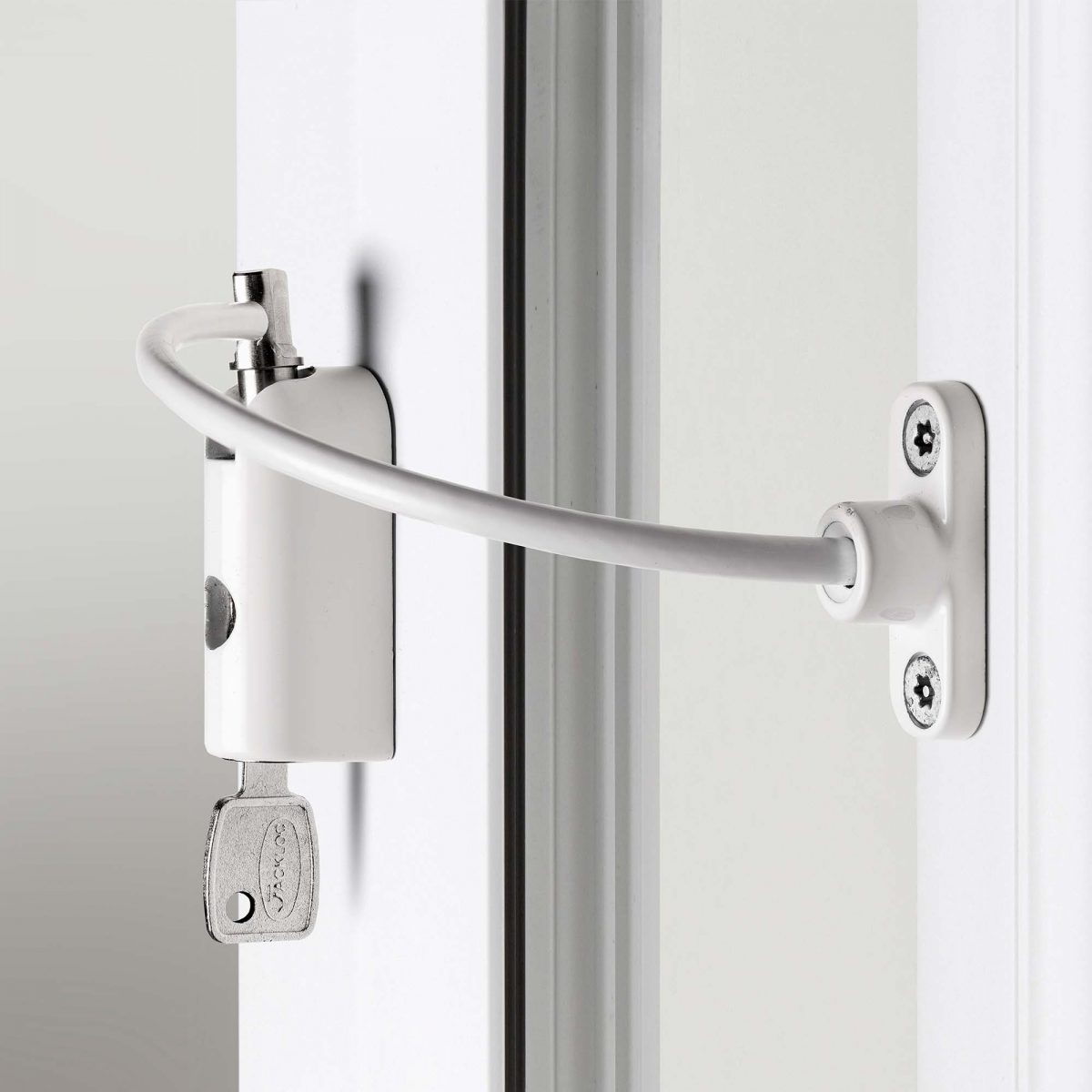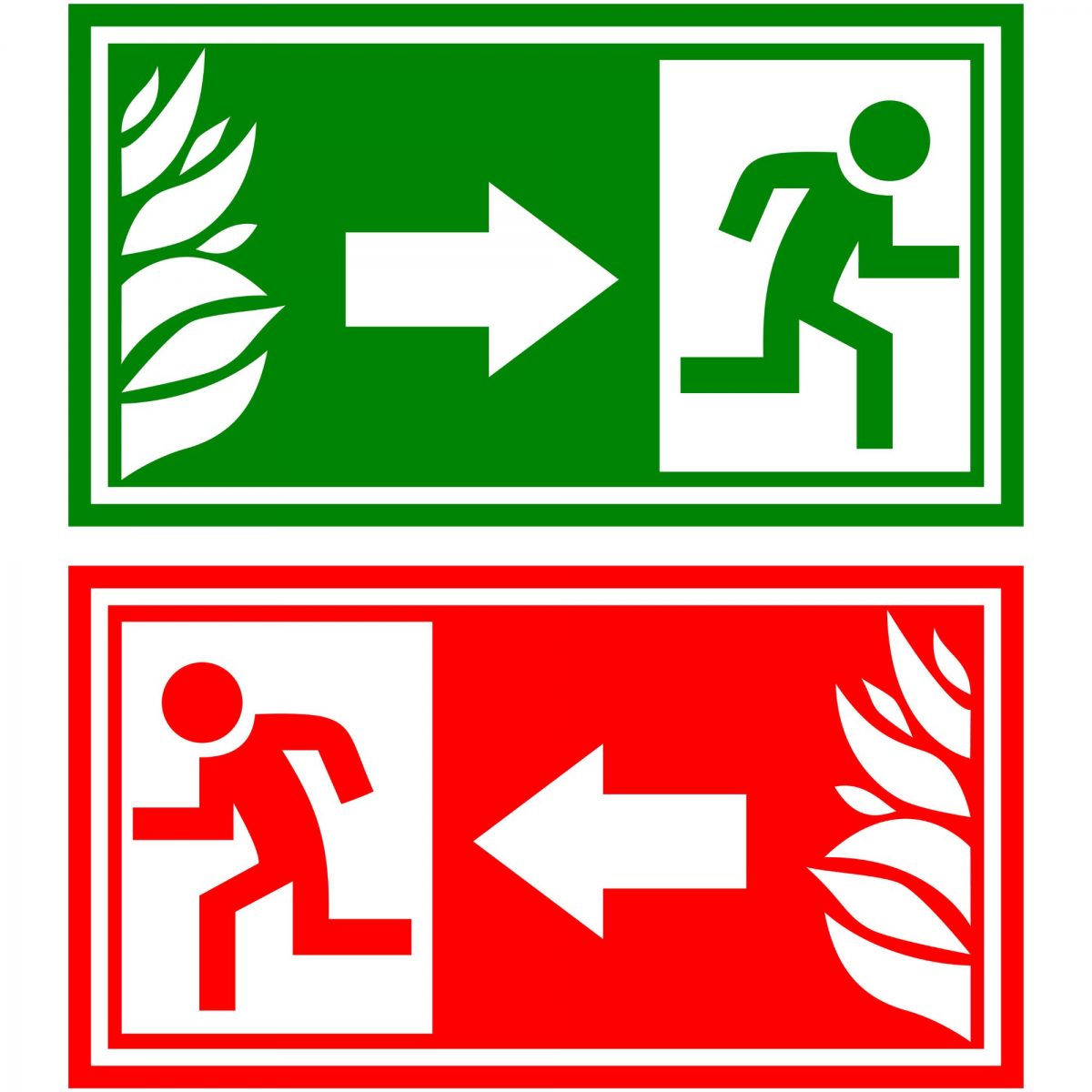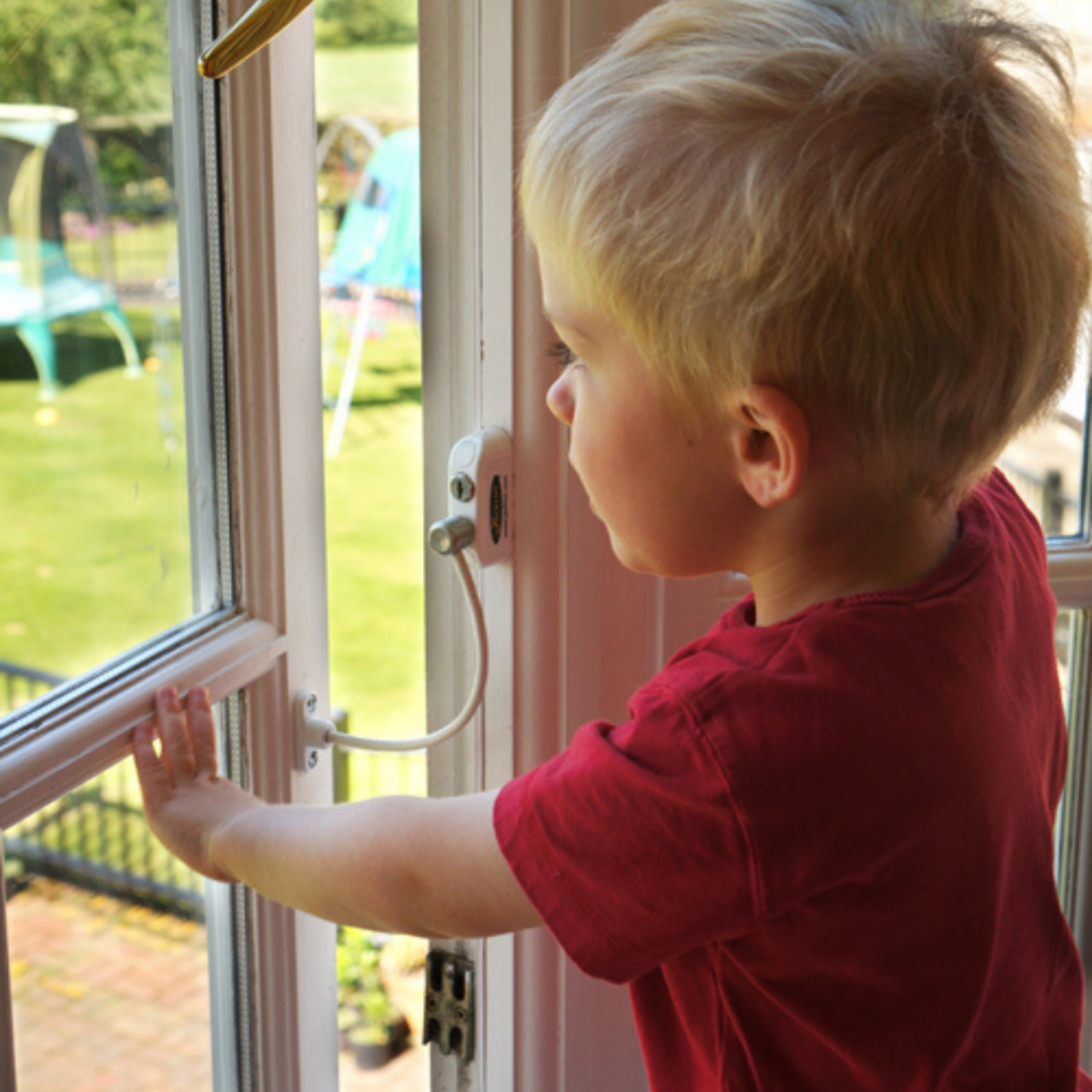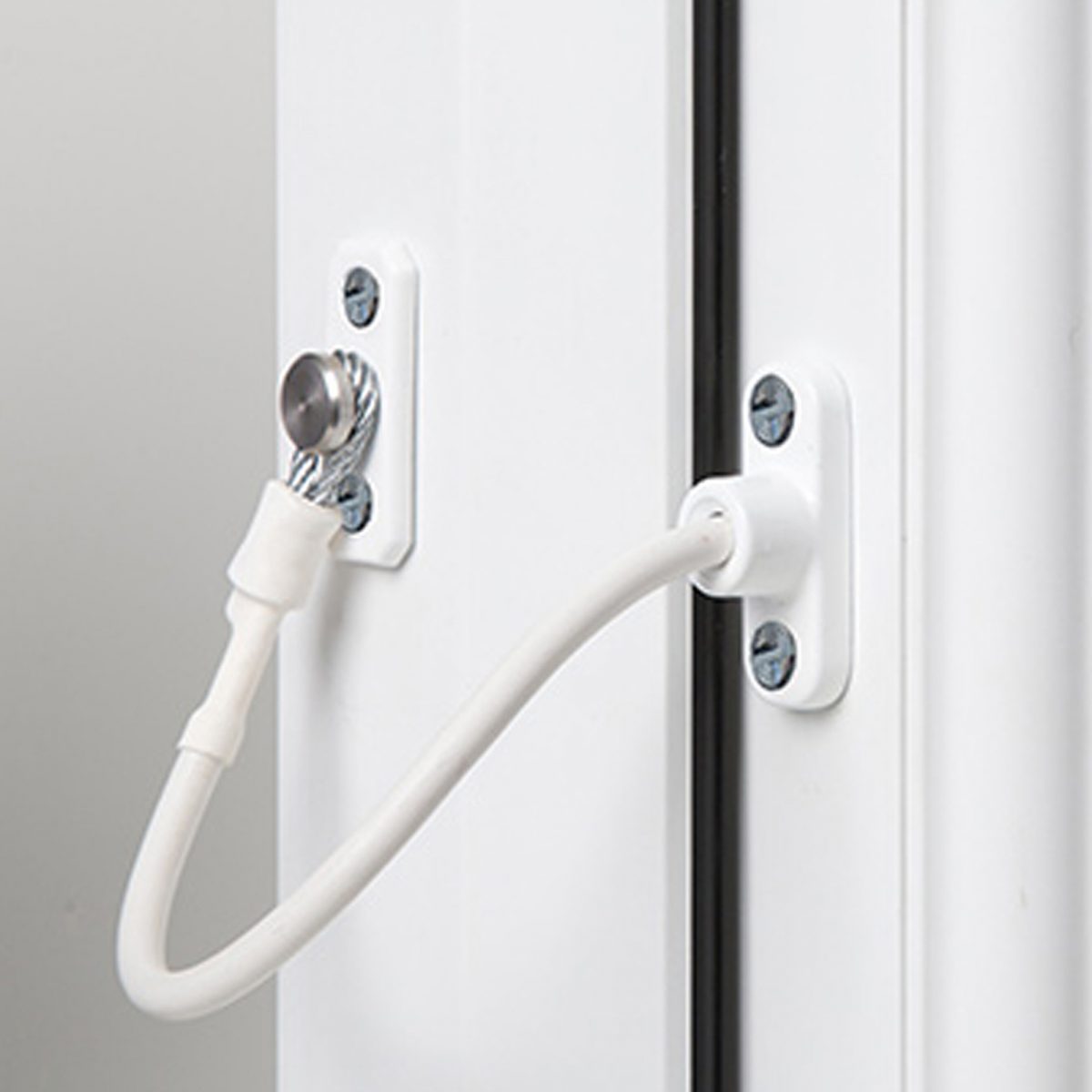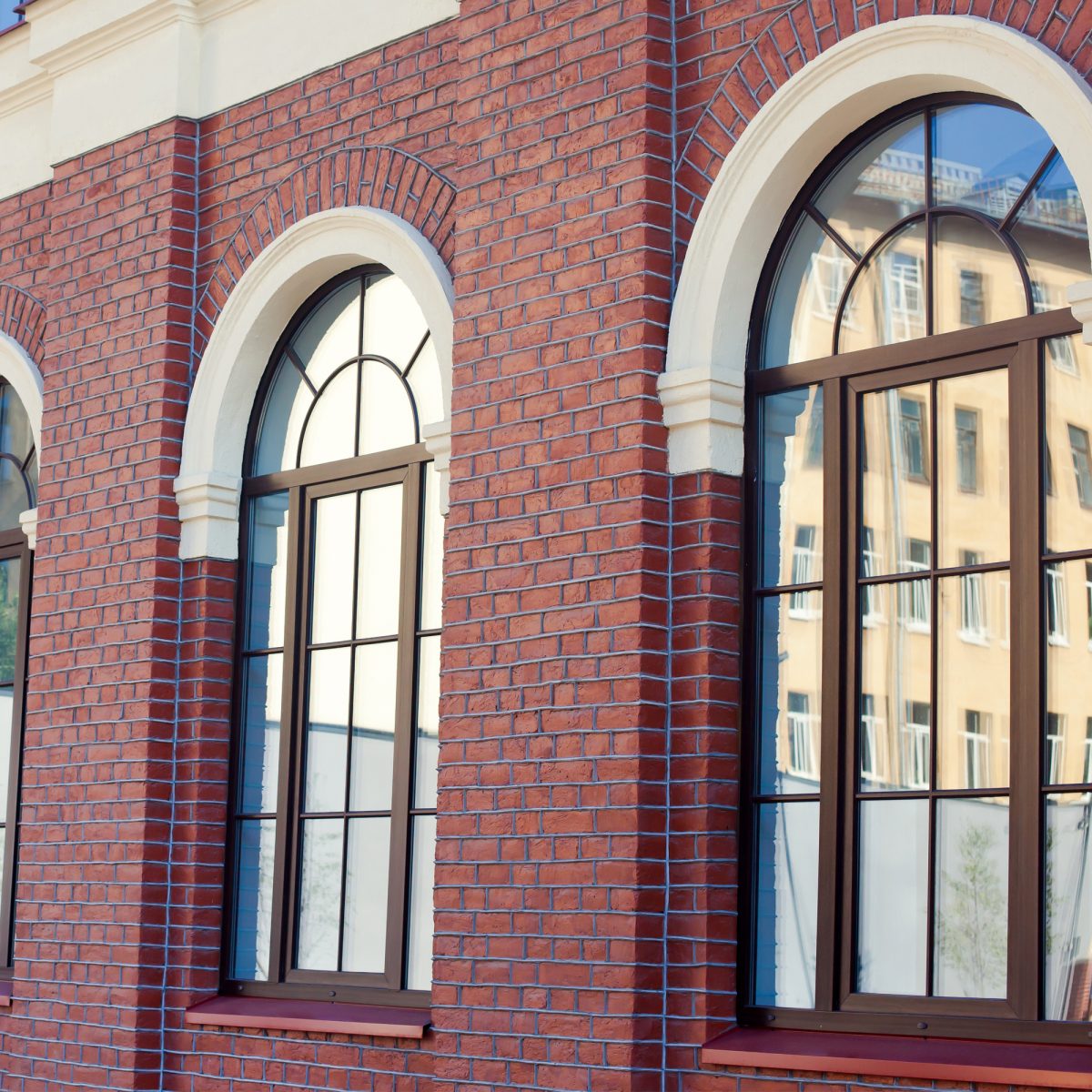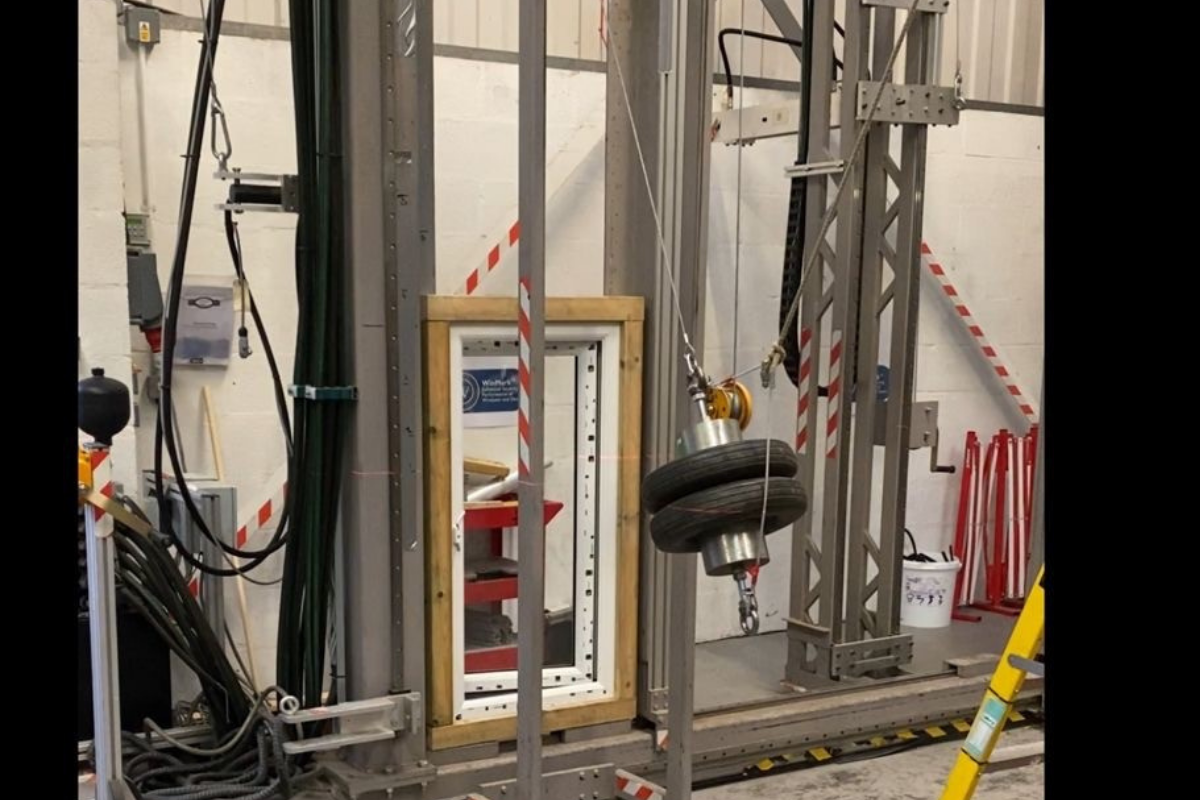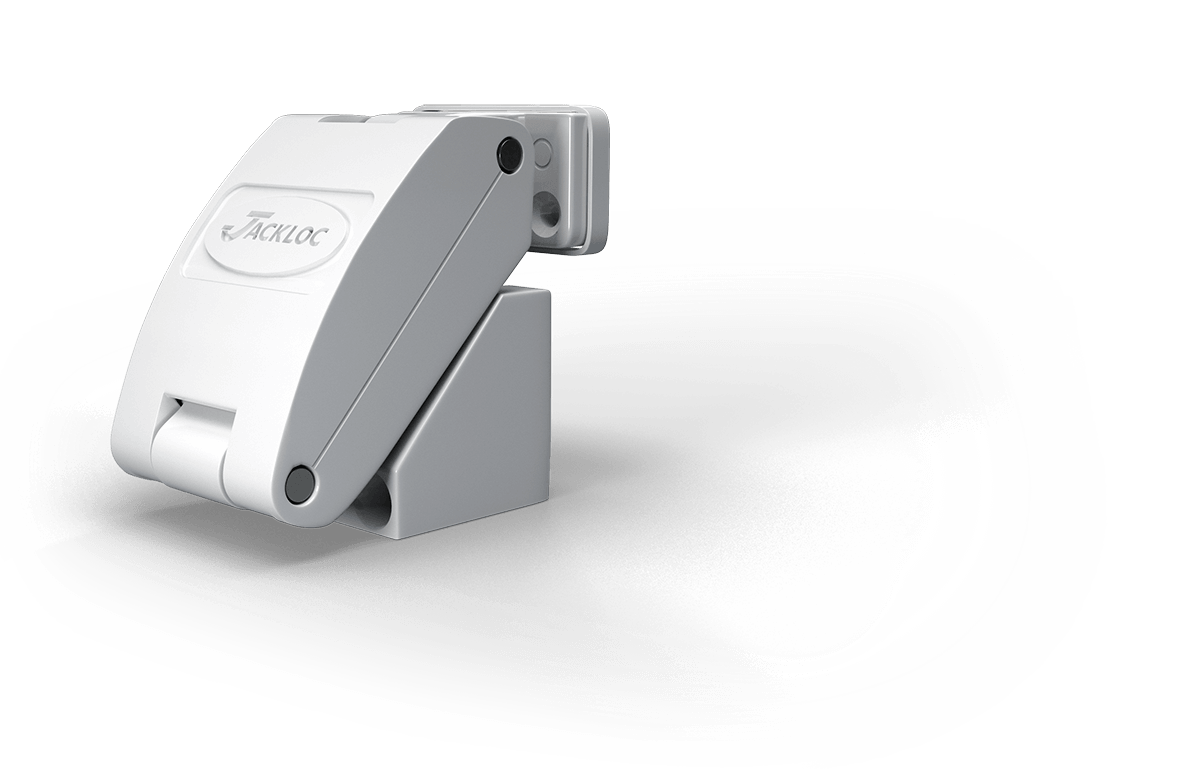Locations That Require Window Restrictors
If you are wondering where are window restrictors required by law? Or ‘Are window restrictors a legal requirement’ Read on…
First of all, let’s look at what is a window restrictor? Window restrictors are devices that stop a window opening to a maximum of 100mm. Sometimes the term window safety catches is used, but this can also refer to the metal catches inside the window frame that can be easily overridden by releasing the catch, these are not suitable for buildings that are legally required to feature window restrictors. Such metal window catches are too easy to release and are not designed and built to withstand the force of a fall. If you manage a building that is covered by HSE guidelines, or are shopping for restrictors to prevent falls or burglary make sure that you choose a certified window restrictor.
Some window restrictors are keyless (some might call these non-lockable restrictors although they are ‘locked’ by a different mechanism) and some use a key.
Several types of buildings require window restrictors by law. All public organisations have a legal obligation to provide a safe environment. In workplaces legally, you must have a ‘competent’ person carry out a risk assessment to determine whether you need to have window restrictor.
Under health and safety legislation, window restrictors are required where the following conditions are met:-
- People who are vulnerable to the risk of falling
- They have access to windows
- The windows are at a height that anybody falling out of them is at risk of sustaining a serious injury.
During the architectural planning stage of any new project build, windows and the laws around windows are a key consideration. Building Regulations require that windows must meet numerous objectives including lighting, security, aesthetics, emergency exits and more. Some establishments by law require additional consideration regarding the intended purpose of the building and its occupants, in these cases, window restrictors are often incorporated into the plans to ensure the windows are safe. The following locations require window restrictors:
Locations that are legally required to have window restrictors
Hospitals
You may have noticed that in hospitals most windows have restrictors in place. For patient safety, most windows in hospitals use lockable restrictors which are controlled by the staff. Whilst the majority of hospitals agree that some fresh air is beneficial to patients and the environment, window access is usually restricted above the ground floor for patient protection.
Care homes
As in hospitals, care homes also use window restrictors for resident safety. Such safety is extremely important in care and health facilities where vulnerable residents may become disorientated or are mentally unstable. The window restrictor rules for care homes focus on safety and care home operators must ensure residents are not able to fall from a window at a height that might cause harm. You can read more about the relevant regulations for window safety in care homes here
Schools/Colleges/Universities
All educational establishments, especially those for children, must by law restrict the opening of a window to no greater than a 100mm. A window child lock restrictor’s purpose here is to reduce the risk of falling out of a window. You can read our guide to window restrictors for schools and education buildings here
Window Restrictors
Window restrictors / window safety locks, can help you to meet legal requirements to reduce the risk of falling from a window, they work by preventing a window from opening far enough for a person to fall through. The environments mentioned above showcase the necessity of window safety latches as a device to stop windows from opening too far.
Where are window restrictors recommended
Locations Where Window Restrictors are Recommended
Hotels and Bed & Breakfasts
Alcohol, drugs, extreme tiredness, disorientation and mental instability can cause accidents. Not only do they consider adults, but children too, as children learn by exploring the environment they are in – it is for this reason that larger hotels and hotel chains use hotel window restrictors to cover themselves against any type of tragedy involving windows. In older historic buildings, there may be limitations on installation and restricting window use may become more difficult.
Rental Properties
Restrictors are not legally required by landlords – however, it is advisable to install window child locks on windows above the ground floor – especially when renting to families with young children and students.
Homes With Small Children
Children, especially the under-fives, are the most at risk age group from accidental falls out of windows. Window child lock restrictors can prevent children from falling through windows while still allowing much needed fresh air to circulate.
The Workplace
New buildings have window safety incorporated into the design, however, this may not be the case in slightly older buildings. As with the majority of hotels, larger organisations are keen to cover themselves against possible accidents and install window restrictors.
Window Restrictor Legislation
Window restrictor legislation
Window safety and the prevention of falling from windows comes under the broader category of general Health and Safety laws. In educational establishments, health services, such as hospitals, care homes etc., the local authority or governing body is responsible for safeguarding the building’s service users. Although this responsibility may be delegated, there is an obligation to keep staff, patients, employees and visitors safe inside the building. Health and Safety Executive http://www.hse.gov.uk/pubns/hsis5.pdf provides useful information explaining and assisting in the compliance of the legal duties of health and care providers.
Building regulations window restrictors
Although Building Regulations differ between local authorities, and restrictions will vary depending on the intended purpose of the building – prevention and protection from falling is an important part. See UK Government Building Regulations section K2 “Protection From Falling” for further reading.
The regulations state that protection from falling is required in the following situation,
“Where a person may fall through a window above ground floor level, provide suitable opening limiters, to restrain the window sufficiently to prevent such falls or guarding.”
How to remove window restrictors
If you need to o remove a window restrictor you can do so, simply use a screwdriver and detach the fitting from the window frame.
An All Round Solution
Window restrictors are the ideal solution for reducing the risk of falls from windows in both public and private buildings while allowing air to circulate. Jackloc designs award-winning window restrictors that not only improve window safety. UK engineered and manufactured to ISO 9001 quality system, ISO 14001 Environmental Management and OHSAS 18001 Occupational Health and Safety Management accredited. Jackloc window restrictors, made in Great Britain, Sold worldwide.
To make sure that the restrictor you choose has been certified as strong enough to prevent a fall or an attempt at a forced break-in choose a product that has been tested to all of the elements of BS EN 13126 and BS EN 14351. Look at the certificates closely to ensure that the product has the independent tests for every element of BS EN 13126 and BS EN 14351. Jackloc products don’t only pass the safety tests, they exceed them. In tests to identify how much weight the window restrictor can withstand before the window profile gave way our Pro-5 key lockable and Perma cable window restrictors withstood 2200N load (34 stone). This is seven times above the British Standard requirement. Our Titan window lock withstood a load of 4600N (74 stone) before the window profile collapsed. This gives us and you the confidence that a person leaning on or falling into a window will not fall out of the window.
We hope that helps you to understand where window restrictors are required and more about window restrictor laws and regulations.
Read More?
Read our guide to Window Restrictors in Care Homes



